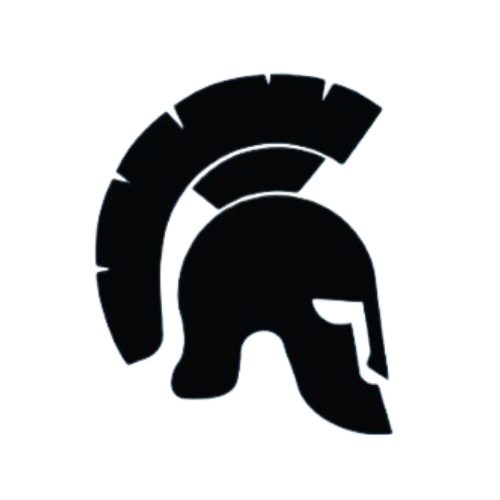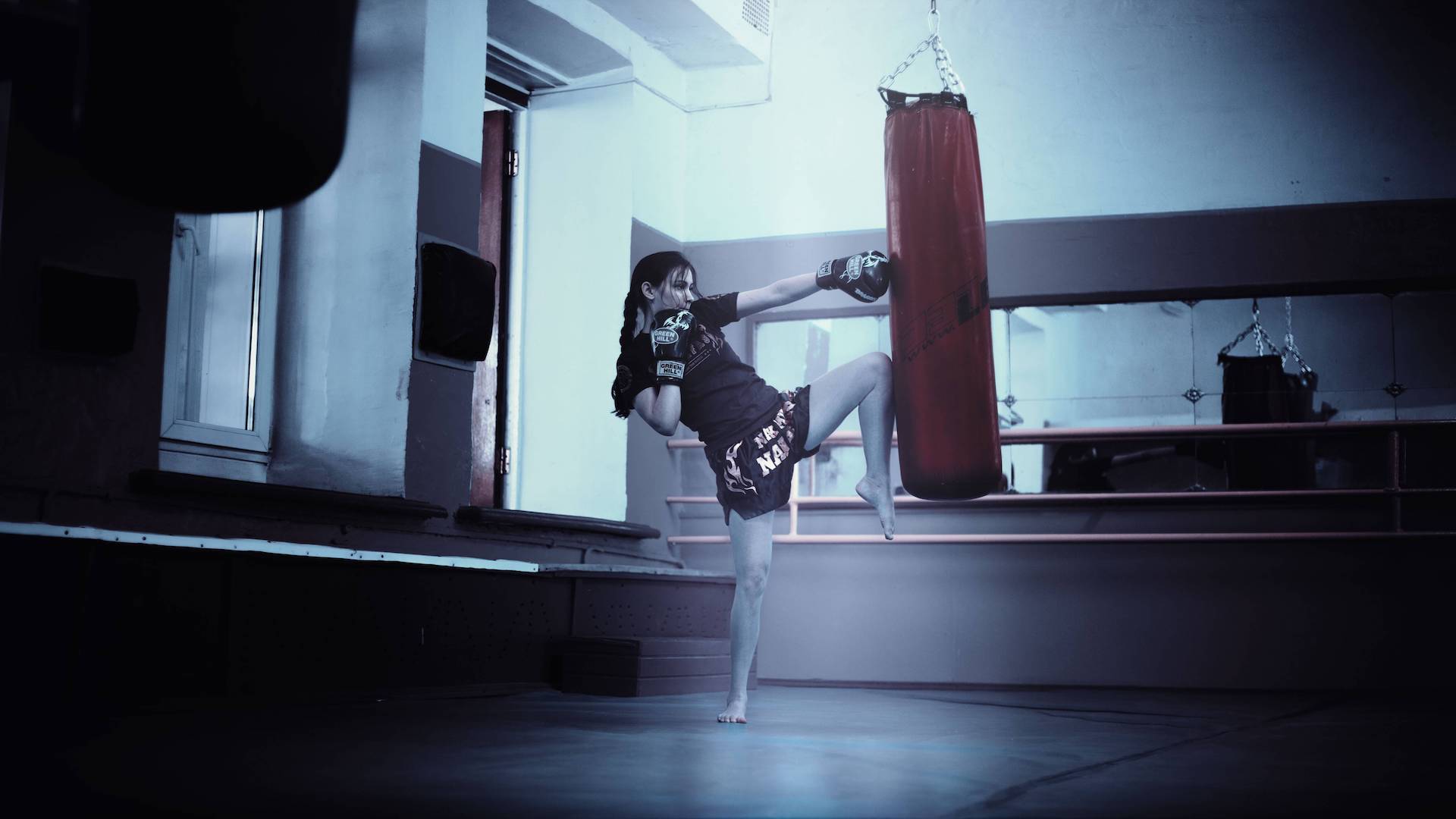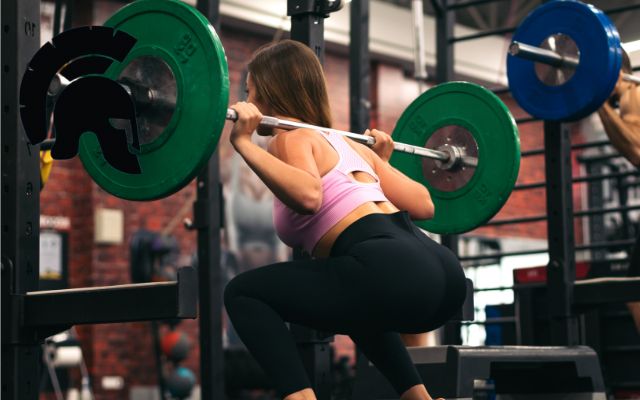Many lifters struggle with barbell placement during squats. This often leads to pain, improper form, and reduced performance. Common concerns include the bar feeling uncomfortable on the back, a lack of stability during the lift, and difficulties maintaining spinal posture. This comprehensive guide will address these concerns by teaching you how to properly position the barbell on your back, maximizing your squat form and safety.
This article provides a step-by-step approach, guiding you through the mechanics, ideal positioning, and critical factors for successful barbell squatting. You’ll learn how to engage the correct muscles, establish a stable neutral spine, and distribute force effectively. We’ll also cover different squat variations, common errors, and how to address them. The information will arm you with the knowledge to improve your squat technique and prevent potential injuries. Crucially, you’ll gain insight into the importance of personalized adjustments to suit your individual body type and experience level.
I’ll equip you with the knowledge and strategies you need to conquer your squat goals. You’ll be able to achieve a stable and effective back squat, maximizing performance and minimizing risk.
How To Posititipon Barbell On Back When Squatting?
Muscular Engagement
Proper barbell positioning in a squat relies heavily on the activation of your back muscles, specifically the mid-trapezius and rhomboids. These muscles play a crucial role in supporting the barbell and maintaining a stable posture. You must learn to contract these muscles to effectively create a “shelf” for the barbell, distributing weight across your back muscles instead of relying on bony prominences.
Activating these muscles involves retracting and depressing your shoulder blades. This action creates a stable platform for the barbell, preventing it from shifting during the lift. This “shelf” allows for a safe and efficient transfer of force from the bar throughout the body during the exercise. This is crucial for preventing strain and injury.
Failing to engage these muscles can result in improper weight distribution, leading to discomfort, pain, and potentially altering the range of motion or spinal posture during the squat. So, focus on engaging the right muscles for the correct placement!
Neutral Spine
Maintaining a neutral spine during the entire squat is essential for spinal health and optimal performance. A neutral spine means your spine is in its natural, straight position, avoiding excessive arching or rounding. Proper spinal alignment directly impacts barbell positioning, minimizing stress on the lower back and maximizing the range of motion.
Improper spinal posture can exacerbate potential injuries and restrict your range of motion, leading to inefficient movements. Think of your spine like a pillar—a neutral position is essential for supporting the load.
Maintaining a consistent neutral spine throughout the squat is an essential requirement that directly impacts the efficiency and safety of the movement. It reduces the risk of lower back injury, enhancing stability and performance during the entire squat sequence.
Force Distribution
The barbell should rest on the upper back and mid-back muscles, not directly on the bony structures of your back. Properly positioning the bar on the muscular shelf prevents any unnecessary stress on your vertebrae and related areas. This approach minimizes the risk of pain, soreness, and long-term issues.
When the bar sits on bony parts instead of muscle, it often leads to discomfort and potential spinal pain. Focusing on proper muscle engagement allows the load to distribute optimally throughout your back, preventing any concentrated or localized strain on sensitive areas.
Visualize the bar being supported by the muscles of your back, not the bones. This concept is paramount for safety and optimal performance during your squat routine.
Establishing Proper Barbell Placement
Finding Your Ideal Placement
1. The “Shelf” Method
Creating a “shelf” involves retracting and depressing your shoulder blades. Imagine that the bar is resting on this shelf rather than on your spine or directly on the shoulders. This action significantly impacts the distribution of weight and provides a stable base for the lift.
This technique is crucial to avoiding potential issues caused by incorrect placement or muscle engagement. It facilitates a balanced distribution of force during the squat, providing stability for the spine. It’s fundamental to establishing the safest and most productive approach to squatting.
This muscle engagement and postural alignment are key to proper load distribution and minimizing the risk of injury. You’ll gain a deeper understanding of your body’s ability to support weight properly, further enhancing your squatting form.
2. Visual and Kinesthetic Cues
Using mirrors or practicing self-assessment is vital for ensuring accurate placement. Observe how the bar sits on your back in the mirror. You can actively adjust your position until the bar feels secure, centered, and comfortable. This visual feedback aids in understanding and correcting any deviations in your placement.
Developing kinesthetic awareness is equally important, focusing on the muscle engagement and sensation of the bar resting against your back. The ability to feel where the bar is and how it is distributed is crucial for consistently achieving the correct position.
Combining visual and kinesthetic cues lets you fine-tune your barbell placement, ensuring a stable and comfortable setup for your squat, reducing potential pain and maximizing performance.
3. Experimentation
Experimenting with subtle adjustments to the barbell position is crucial. Slight variations in placement can significantly affect how the bar feels and its overall stability. Finding the optimal position that allows for easy and controlled movements is essential for your performance and preventing injury.
By experimenting, you will gain a greater understanding of your body’s responses to different positions, ensuring a comfortable and efficient squat. This iterative process is vital for creating an individualized and effective technique.
Adjusting the position until you find the most stable and comfortable spot is essential for proper engagement and reduced injury risk. This experimentation is a key element in developing the right positioning for optimal performance.
4. Addressing Individual Body Type Differences
Your body shape influences optimal barbell placement. Some individuals may naturally require a higher or lower placement. Adjustments should be made to accommodate your individual anatomy. Be patient and persistent in your quest for personalized efficiency and safety.
Recognizing your unique structure and adapting accordingly is vital for success. This means that proper barbell position involves consideration of your physical characteristics. Personalization is key to individual form and safety.
Taking into account your body type ensures the best placement for your specific anatomy, preventing discomfort and injury.
Bar Height and Distance from Neck
1. Visual Guide
The ideal height for the barbell is typically at the mid-trapezius muscle area, close to the base of the neck, though individual differences will impact this. Visualize the bar resting on the muscles, not directly on the bones.
Visual representations and cues are invaluable. Seeing the correct position can significantly help you understand what the appropriate height looks like. Visual cues provide a valuable tool for achieving proper placement and recognizing any deviations from the ideal position.
Using a mirror and observing the ideal bar height will assist you in finding the precise placement that is ideal for your physique and ensures safe and effective squatting.
2. Individual Variation
The ideal height may vary based on individual anatomy. For example, people with longer torsos or different shoulder structure may have optimal placements that differ from others. A coach can help identify the best positioning for your unique anatomy and help to establish the correct bar height.
This is why it is essential to tailor your approach to your physical attributes. Being aware that variation is expected and adapting to this will help establish the correct positioning. Individual variations in body type must be acknowledged and accounted for to ensure that the squat is both safe and efficient.
Properly understanding the variables, and recognizing that adjustments based on your anatomy is critical for personalized success. Knowing that some variations are acceptable to attain the correct placement is crucial to developing and improving your routine.
Centering the Bar
Ensuring the barbell is centered on your back is crucial for balance and stability. This involves slightly adjusting your hand position and foot position to achieve the perfect balance. Perfecting this can prevent any unwanted shifting of the barbell.
Centering the bar promotes balance throughout the lift, preventing unnecessary strain or deviation during the squat. The centering process promotes safe movement and efficient weight distribution.
Centering the barbell improves stability by ensuring that the weight is distributed equally across your back. This helps maintain a balanced position, further supporting the neutral spine, enabling efficient execution and reducing risk factors.
Conclusion
Remember, when positioning the barbell on your back for squatting, you have two main options: high bar and low bar.
For the high bar position, rest the barbell across your upper traps, just below your neck, keeping your chest up and elbows slightly back for support. This position is common for an upright torso and targets the quadriceps more.
For the low bar position, place the barbell across your rear delts, below the traps, while squeezing your shoulder blades together to create a stable shelf. This position allows a forward lean and shifts more emphasis to the hips and hamstrings. In both cases, ensure a firm grip on the bar, neutral wrists, and a secure stance to maintain stability and proper form.
Now you know how to posititipon barbell on back when squatting, right?








